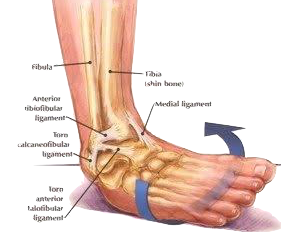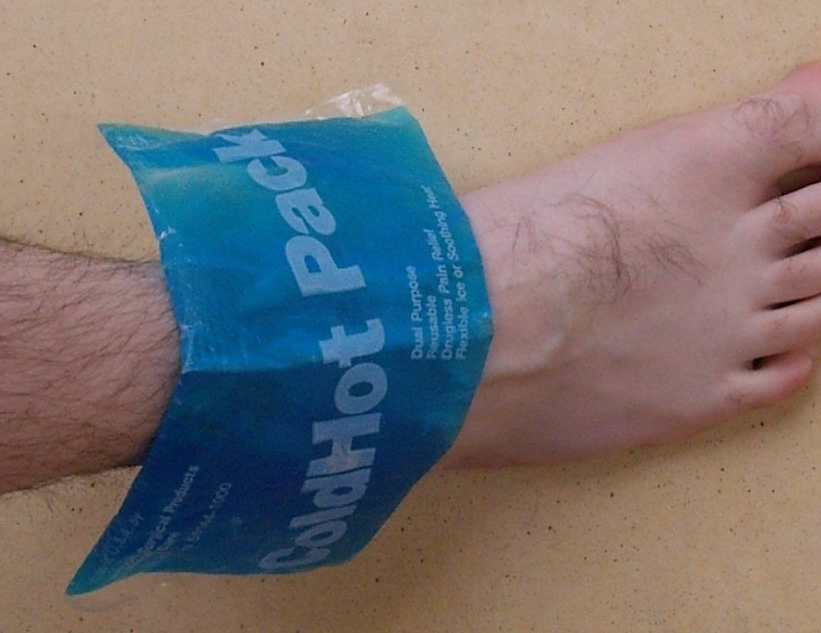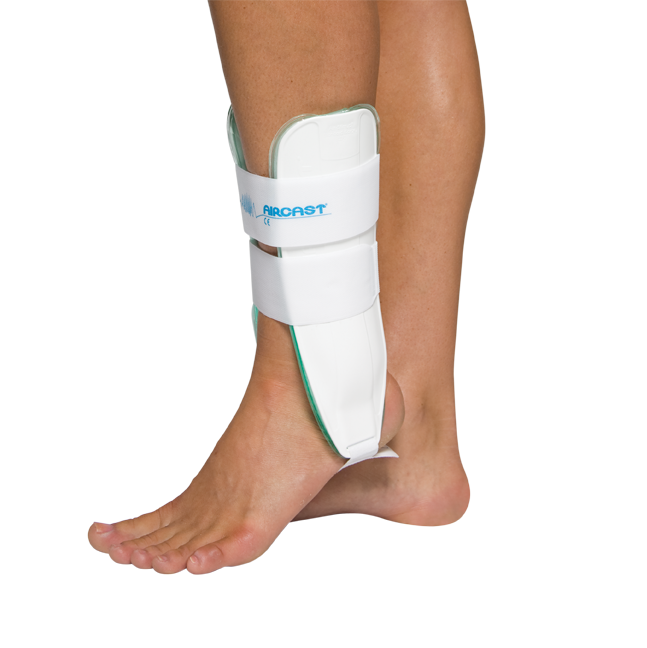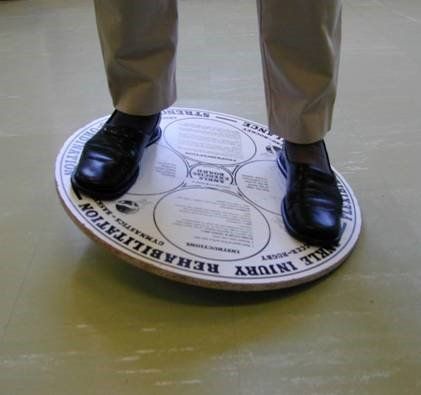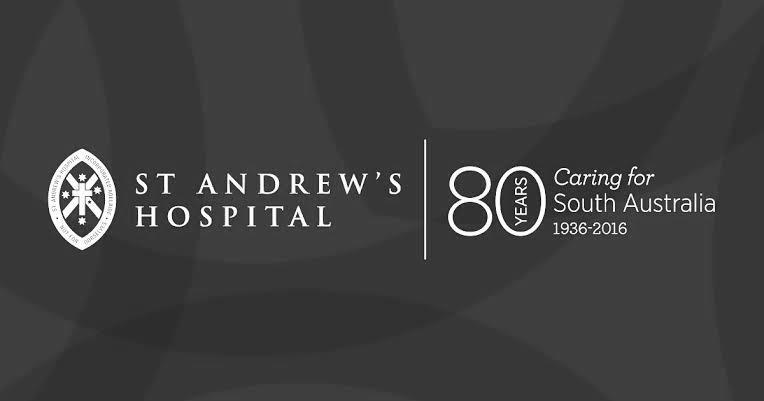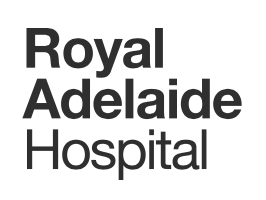Ankle Sprain and Ligament Injury
How are Ankle Ligaments Injured?
Ligaments are soft tissues that hold bones together and provide stability to joints.
When injured, ligaments can be:
- stretched (grade 1)
- partially torn (grade 2)
- completely ruptured (grade 3).
Ankle sprain is the most common injury in Australia. It occurs when the ankle is twisted or rolled, often when walking or running on uneven ground.
The ligaments injured are usually on the lateral
ankle. The anterior talo-fibular ligament (ATFL) is most often injured (see image and Ankle - Anatomy and Imaging).
Symptoms of Ankle Sprain
Ankle sprains are usually minor events that settle over several days.
Occasionally the sprain results in significant swelling and bruising that can take weeks to improve.
Ankle sprains can cause:
- pain
- swelling
- bruising
- difficulty walking.
Less common but important symptoms are:
- pain travelling up the leg
- numbness on top of the foot
- ankle clicking or jamming.
Some people have had many prior ankle sprains (instability) and/or have other foot conditions that make recovery more difficult.
Inadequate ligament healing or incomplete rehabilitation can result in long-term ankle instability.
Diagnosis of Ankle Sprain
As mentioned above, most ankle sprains are minor and don't need medical attention.
When the sprain is more severe or taking time to improve, assessment by a doctor or experienced physiotherapist is required. This involves a:
- complete medical history
- focused physical examination.
Imaging of the ankle can be required (X-ray, CT, MRI or ultrasound) if serious injury is suspected or the ankle is not progressing as expected.
Non-surgical Treatment of a Significant Ankle Sprain
- Grade 1 ankle sprains improve quickly.
- Grade 2 sprains usually progress to recovery over four weeks.
- Grade 3 sprains should be improving by six weeks.
Rest, ice, compression and elevation (RICE) help reduce swelling and bruising.
Functional rehabilitation
is crucial to recovery of grade 2 and 3 sprains.
- Weight-bearing protected by a brace or "moon-boot" is much better than prolonged non-weight-bearing with crutches.
- Physiotherapist-guided exercises and movements assist the return of balance and strength.
If the ankle sprain stops progressing
to recovery due to ongoing pain, swelling, stiffness and/or instability, further assessment and investigation is needed. This is usually between six and ten weeks from injury.
Options at this stage include reassurance, more physiotherapy, cortisone injection and surgery.
Please see Non-surgical Treatment
in the TREATMENTS menu for more information.
Surgical Treatment of Acute Ankle Sprain
It is very uncommon
to need early surgery after an acute ankle sprain. Even grade 3 sprains have a 70%
chance of good recovery without
surgery.
Surgery can be recommended soon after an ankle sprain if there is:
- an associated cartilage, bone or tendon injury
- an unstable syndesmotic injury
- a history of many prior ankle sprains.
Early surgery prolongs recovery time but should reduce the chance of long-term ankle pain and instability.
Much more common is ankle ligament surgery (ankle stabilisation)
when the ankle is unstable following previous sprains despite rehabilitation. This procedure usually includes an ankle arthroscopy.
Please learn more about Ankle Arthroscopy
and Ankle Stabilisation
in the TREATMENTS menu.


